Kawasaki is one of the ‘Big Four’ powerhouse Japanese motorcycle manufacturers. Motorcycles are just a small part of this 140-year-old company’s ventures. In this look back at 6 decades of Kawasaki Dirt Bike history, I have included many of the memorable motocross and dual sport bikes that had a significant impact at the time.
It is by no means a complete list, there are far too many fantastic models to include in one post.
They were the first of the ‘Big Four’ Japanese brands to build a purpose-built off-road racing machine and played a pivotal role in bringing the sport of motocross to a new audience.
Never afraid to push the boundaries of technology, regardless of the success of the innovation, Kawasaki has continued to remain at the forefront of competition.
If there is a bike that you feel should be included here, please feel free to add your thoughts in the comments section at the bottom of this post.
The Early Years
Like all of the other ‘Big Four’ Japanese motorcycle manufacturers, Kawasaki had its beginnings in areas other than motorcycles.
Kawasaki’s origins date back to 1878 when Shōzō Kawasaki established Kawasaki Tsukiji Shipyard in Tokyo.
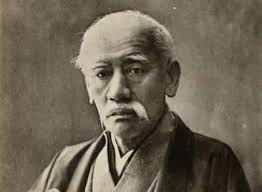
Kawasaki Heavy Industries was formed in 1896, whose principal areas of activity were shipbuilding, railroad rolling stock, and electrical generating plants.
In 1918 the Aircraft Department was established and Kawasaki succeeded in building Japan’s first metal aircraft.
In 1949 they turned their attention to the motorcycle industry and began making motorcycle engines. The engine was an air-cooled 148cc OHV four-stroke single-cylinder with 3.9 hp at 4,000 rpm.
In 1954 Kawasaki produced its first complete motorcycle which was produced under the name of Meihatsu, a subsidiary of Kawasaki Aircraft.

The bike had Kawasaki’s own KB-5 engine and an improved model was introduced in 1956. It was called the Meihatsu 125 Delux, but it wasn’t until 1956 that the Kawasaki logo was stamped on the engine side covers.
Kawasaki Aircraft initially manufactured motorcycles under the Meguro name, having bought the ailing motorcycle manufacturer with whom they had been in partnership. This eventually became Kawasaki Motor Sales. <Source>
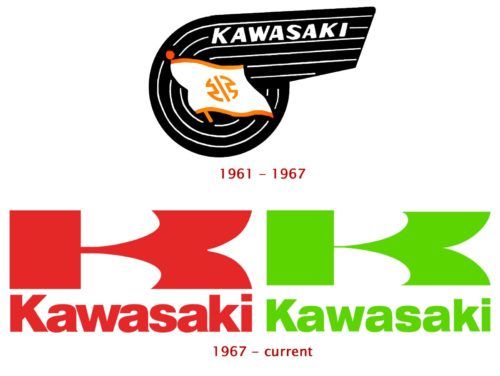
Kawasaki motorcycles from 1961 through to 1967 used an emblem that can be described as a flag within a wing.
In 1961 the first complete Kawasaki motorcycle, the B8 was produced. It was a 125cc two-stroke single-cylinder street machine.
In 1963 Kawasaki and Meguro merged to form Kawasaki Motorcycle Co. Ltd.
The First Kawasaki Dirt Bike
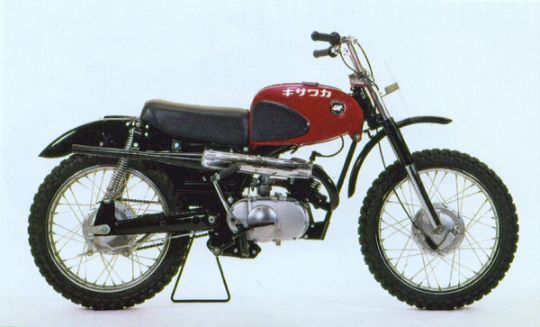
The 1963 Kawasaki B8-M, (the ‘Red-Tank Furore’) a motocross version of the B8 street machine was the first production motocross machine from Japan.
The B8-M was the start of the Kawasaki dirt bike legacy which evolved into the long-running KX motocross series.
It featured a 123cc rotary-valve two-stroke single-cylinder engine with a four-speed manual clutch transmission. In transforming the bike into a motocrosser, the engineers removed the lights, raised the expansion chamber, upgraded the forks, changed the seat and handlebars, and added knobby tires.
The engine boasted 12 horsepower and the bike was so successful it took a clean sweep of the top six places in the All-Japanese Motocross Championships in 1963.
1968 Kawasaki F21M
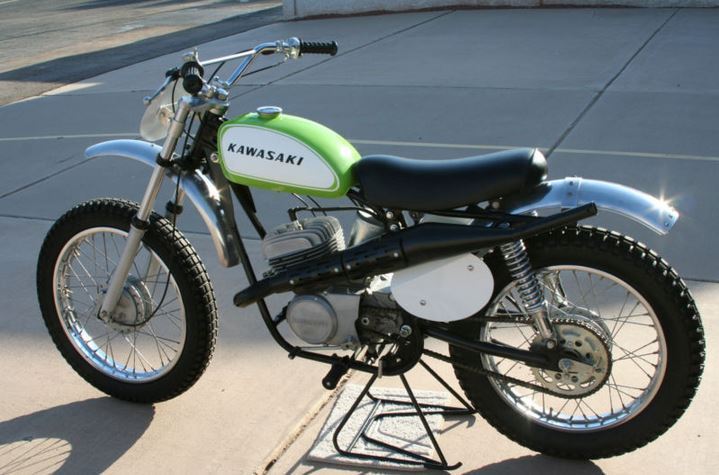
In 1968 the Kawasaki F21M was released. Unlike the B8M, it was not based on a street bike but was designed from the ground up for scrambles racing, a tamer off-road version of motocross.
It was a 238cc rotary-valve single-cylinder two-stroke with a four-speed transmission that boasted 28 horsepower, impressive by 1968 standards.
In 1969 the F21M gained a new name and a new color. The red tank was gone and the ‘Green Streak’ was the first Kawasaki to be produced in the now-famous Kawasaki lime green.
1970 Kawasaki G31M Centurion

During the late sixties, motocross in America was gaining in popularity. Kawasaki began its US operations in 1966 and by 1968 had dealerships nationwide.
Kawasaki’s high-performance street machines were popular among the road bike crowd, but the off-road sector was still lagging behind.
In 1970 the Kawasaki G31M Centurion turned all that around. It was a 100cc rotary-valve single that pumped out a whopping 18.5 horsepower, nearly double that of other 100cc bikes of the day.
Like the F21M, it was not designed specifically for motocross, but could easily be modified for competition. It was an extremely high-revving engine and began winning races across America.
The G31M Centurion stands out as the bike that put Kawasaki on the US racing radar for the first time.
1974 Kawasaki KX250
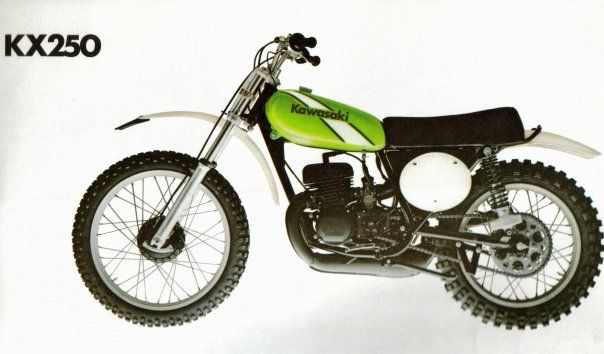
The 1974 Kawasaki KX250 marks the very first production year of the KX series. It was Kawasaki’s most serious off-road commitment to date and their first motorcycles designed specifically for motocross racing.
The bike featured a chrome-moly steel frame when most of the other Japanese brands of the day were still using mild steel. The 250cc piston-port two-stroke engine had a five-speed gearbox and wet clutch.
The suspension featured 5.8 inches of travel up front, and 3.5 inches at the rear, fairly standard for bikes of the day.
Even though the KX had a hard time keeping up with the Honda Elsinore CRs and the Yamaha YZ of that year, it was a significant shift for Kawasaki towards more competitive racing machines.
The KX line is one of the most successful in motocross today, and it started here with the 1974 KX250.
1978 Kawasaki KX250 A-4
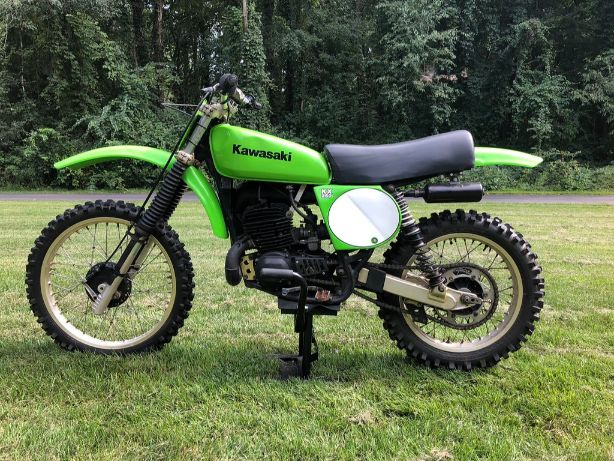
With Honda, Yamaha, and Suzuki taking turns to dominate the 250cc motocross scene, Kawasaki did not even produce a motocross machine in 1977. Most Kawasaki dealerships were more interested in selling the very popular Z-1000 street machines.
In 1978 all that changed with the release of Kawasaki’s first official ‘works-replica’ KX250 A-4. The bike was a lightweight 206 pounds and produced a staggering 40 horsepower. It was the first Long-travel suspension KX, with power and handling targeted at expert racers only.
The A-4 was available in limited numbers with only about 1500 produced. It was more about demonstrating Kawasaki’s commitment to racing than big sales and the A-4 proved that. It put Kawasaki back in the game with the other Big-Four Japanese manufacturers.
1979 Kawasaki KX80

In 1979 Kawasaki entered the growing mini motocross arena for the first time with the release of the Kawasaki KX80. It was a very torquey 80cc two-stroke with a five-speed transmission and rugged long-travel suspension.
It was slightly larger than the other 80s of the time, and the KX80 gave Kawasaki a foothold into the booming entry-level market.
The KX80 was a huge success and introduced a generation of young riders to the green machines, paving the way for what would be the most successful amateur motocross program in motocross history, ‘Team Green’.
1980 Kawasaki KX250
In the late seventies, long-travel motocross suspension was advancing in leaps and bounds with all the manufacturers caught up in developing their own new suspension technology.
During a five-year period, suspension travel had grown from the once-standard 3 inches to a full 11 to 12 inches by 1979. Focus then began to shift to refining the quality of that amount of travel.
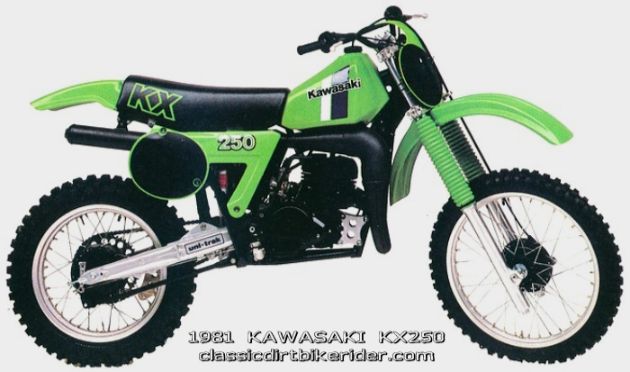
The 1980 Kawasaki ‘Uni-Trak’ was the first production single shock design to utilize a linkage system. Originally named the ‘Bell Crank’ the design consisted of a large vertically mounted single shock connected in a see-saw arrangement to a bell crank by a set of steel pull rods and bolted to the alloy swingarm.
The design intention was to provide better small bump performance, while still giving bottoming resistance on the big hits, thereby fine-tuning the performance. While the Uni-Trak system wasn’t a huge improvement over the dual-shock setups at the time, it did show there was potential in the new design.
In the years to follow, there were improvements made, and the heavy steel components were replaced with lighter alloy alternatives. The 1980 Kawasaki Uni-Trak certainly did pave the way for the linkage systems that have become standard with all manufacturers today.
1982 Kawasaki KX125 & KX250
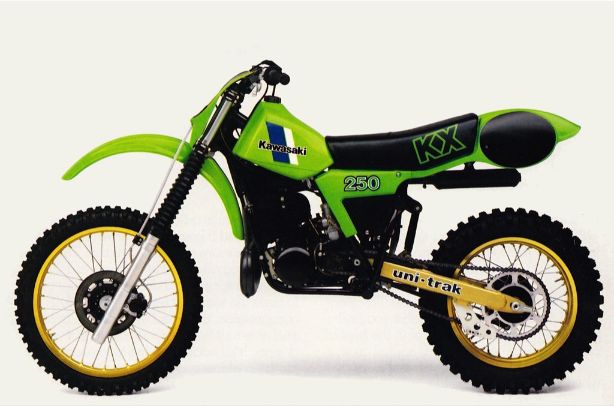
In 1982 Kawasaki became the first major manufacturer to introduce disc brakes to dirt bikes. With advances in power and suspension, it was soon evident that drum brakes no longer had the stopping power required by modern motocross machines.
Kawasaki first debuted their disc brakes on their 1980 factory racers in the All-Japanese Nationals. There were development problems along the way, but by 1982 the new braking system was introduced on the KX125 and KX250.
Riders found that the braking power was something that they had to become accustomed to as braking that required four fingers could now be achieved with just one finger.
The rest is history and from then on the days of the drum brakes were numbered.
The KDX Series
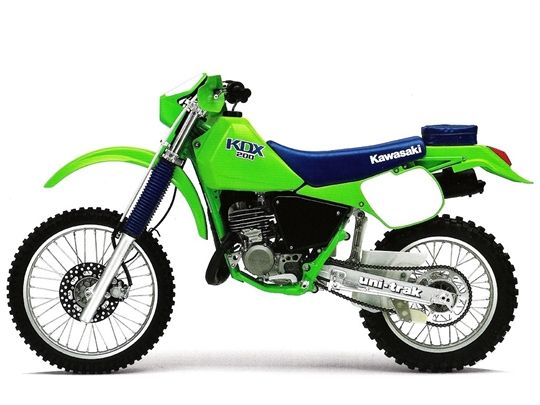
The Kawasaki KDX 200 was one of the most popular two-stroke enduro models of the 80s. Its production ran from 1983 to 2006.
Launched in 1980 as a 175cc, the original KDX175 introduced the Uni-Trak monoshock suspension. The emphasis was on affordability and fun. It was a race-capable two-stroke trail bike that was as reliable as any bike could get.
In 1983 it evolved into the KDX200. The move wasn’t surprising since the AMA class displacement range changed to ‘126 – 200cc’. The additional 25cc made a huge difference in performance.
It competed in the same realm as the Suzuki PE175 and the Yamaha IT175 which suffered from a lack of horsepower, so the KDX200 became the king of the class.
The 200cc engine delivered ample power at low revs, which made the bike easy to ride, but when the bike hit midrange and ‘came on the pipe’ the power was impressive.
The KDX engine remained air-cooled until 1989. The big advantage of air cooling is weight saving. The lack of radiators, coolant pumps, and the associated plumbing all contributed to its light dry weight of 207 pounds.
The KDX handling and suspension were a curious mix. Test reviews at the time concluded that the suspension components were nothing special, but the chassis design took the KDX to the top of its class.
The wheelbase was two inches longer than most of the competition, which made the bike stable at high speeds but combined with the fork angle and the Uni-Trak rear suspension, this allowed the bike to turn quickly and easily under any conditions.
For the first three years, the KDX came out with the “A” series model designation – A1 through to A3. (1983-1985)
The letter designation was a little confusing to the consumer, the next series was the 1986 KDX200 C1: there was no “B1.”
The “C” series (1986-1988) included some interesting upgrades. The engine remained air-cooled, but the KIPS valve (Kawasaki Integrated Powervalve System) was introduced which increased low-end and mid-range power slightly.
A welcome improvement of the C1 was the addition of a disc front brake. Most enduro and trail bikes of the mid-80s had drum brakes front and rear, so the disc front brake was a significant improvement. The KDX did not get the rear disc brake for a few more years.
Suspension upgrades included new 43mm Kayaba conventional forks with 10.6 inches of travel. The increased flex-resistance improved steering accuracy. The rear shock was improved with a multi-adjustable aluminum-bodied Kayaba increasing the rear suspension travel to 11.4 inches.
The “E” series (1989-1994) came after 3 years of “C” series KDX bikes. The E1 featured the first liquid-cooled KDX200 engine and a rear disc brake, lifting it to the level of the motocrossers of the day.
Handling was excellent due to the KX125 chassis, though still a little soft at high-speed sections. Suspension stroke was increased by a quarter-inch front and rear.
The KDX was slowly turning into more of a race bike.
The final “H” series (1995-2006) was significant for its new KX-style perimeter frame. There were so many changes on the H1 that it was considered a completely new bike, and finally moved it into the realm of a race bike.
The liquid-cooled engine was completely new. A new style powervalve was used, and the engine had higher compression, a new crank, and a bigger clutch.
The seat height was taller due to the new frame, and the fuel tank was smaller. The KDX still rode like a KDX, was stable on the tight woody trails, and was very well received. Magazine tests of the day questioned what could possibly be done to improve the 1995 KDX.
It received very few changes until its run ended in 2006. It was a 26-year run for Kawasaki’s most successful two-stroke trail bike.
Kawasaki introduced the all-new KDX220A4 in 1997, presumably to compete with the 250cc competition, but the 220 felt slower than the 200. It could be made faster with a lot of work, but its existence cut into the market of the established KDX200 and hastened the demise of both machines.
The move toward four-stroke motocross bikes and uncertainty over the future viability of two-stroke dirt bikes reduced the sales of the KDX, and it was discontinued to make way for the KLX series of four-stroke trail bikes.
1984 Kawasaki KLR250
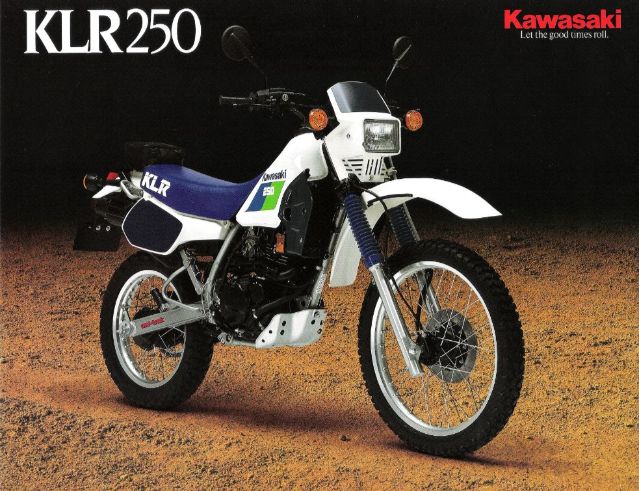
The Kawasaki KLR250 was produced from 1984 to 2005 as the successor to the KL250C which ran from 1978 to 1983. It had a 250cc four-stroke DOHC four-valve engine and 6-speed transmission, with both electric and kick start.
This lightweight dual-sport bike was used by the US military like its bigger brother the KLR650 for tasks like messenger duty and reconnaissance. It was also used extensively by the Chilean National Police.
It was never intended as an enduro machine, but when used as it was designed it was a robust and reliable bike. The KLR250 was discontinued at the end of 2005 and was replaced by the KLX250S in 2006.
1987 Kawasaki KLR650
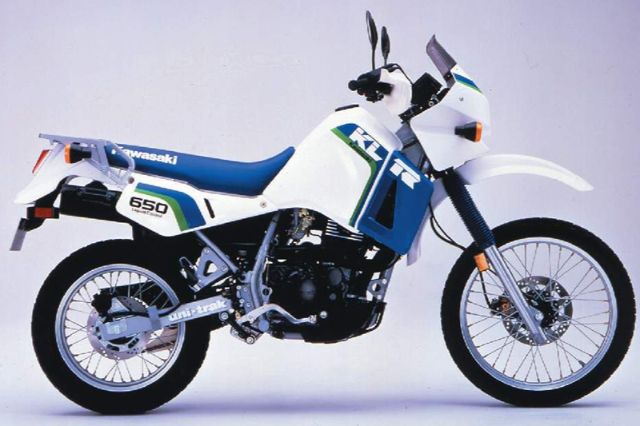
The Kawasaki KLR650 is a long-standing model in Kawasaki’s line which remained almost unchanged from 1987 until 2008 when it received its first significant redesign.
It was billed as a ‘Triple-Sport’ in its early days, good for street, dirt, and touring. It is a 650cc single-cylinder four-stroke DOHC water-cooled adventure touring bike. It has stood the test of time making journeys across multiple countries and entire continents giving riders very little trouble.
The 2008 updates included more horsepower (36BHP), modern dual headlights, an updated instrument panel and fairing, suspension and brake upgrades, and a new swingarm.
The US military used KLR650s modified to burn military-spec fuels including diesel. The bike has proven itself to be reliable, mostly bulletproof, reasonably comfortable, and cheap. The KLR650 is even available in a Camo version.
Kawasaki sadly ceased production in 2018 after a 32-year run.
1990 Kawasaki KX125 & KX250
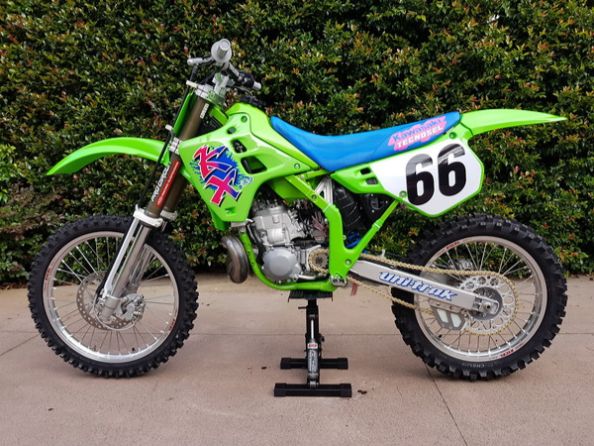
The Kawasaki KX motocrossers in 1989 had become outdated-looking bikes compared to the Honda, Suzuki, and Yamahas of that year.
That all changed in 1990 with the release of the all-new KX125 and KX250. The 1990 models featured all-new bodywork, steel perimeter frames, bolt-on alloy shock towers, and colorful graphics. They were an immediate hit with the motocross buying public.
Their on-track performance was very good, the 250 was one of the fastest motors on the track and the new chassis provided new levels of rigidity. The suspension also performed well and both the 125 & 250 were at the top of their class.
The 1990 KX’s had a significant impact on motocross in the early to mid-nineties with the rigid steel perimeter frames being the forerunner to the alloy perimeter frames used on all Japanese motocrossers today.
Kawasaki demonstrated once again their commitment to keep pushing the boundaries of design and technical innovation.
The Kawasaki/Suzuki Alliance
In 2001 Yamaha announced that it was about to release a 250cc version of their groundbreaking YZ426F thumper. The YZ250F would compete in the 125cc class head-to-head with 125cc two-strokes.
The motocross world was turning four-stroke since Doug Henry won a 1997 AMA Supercross event in Las Vegas on the YZM400F thumper.
It was unknown how competitive the new YZ250 would be. No sub-350cc four-stroke had ever been competitive against a two-stroke. None of the other Big Four Japanese manufacturers had an open class four-stroke that could compete with Yamaha’s YZ426F, and now Yamaha was looking to dominate the 125cc class as well.
The other Japanese manufacturers had to do something fast or get left behind.
In 2002, Suzuki and Kawasaki announced an alliance between the two brands in an effort to boost their market position.
Both Kawasaki and Suzuki would remain autonomous, but they would share products that did not overlap and pool their resources to manufacture a 250cc four-stroke to compete with the new Yamaha.
Kawasaki would focus on the chassis and Suzuki would be developing the motor. Kawasaki would handle the final assembly and the machines would have minor changes to differentiate the two.
In 2004, the Kawasaki KX250F/Suzuki RM-Z250 made their debut.

The chassis and bodywork featured Kawasaki’s trademark perimeter frame and KX looks. The motor was a fairly conventional DOHC four-valve fed by a 37mm Keihin FCR carburetor. The KX250F used a road-race style ‘slipper piston’ to produce a high-rpm ceiling.

The Kawasaki and Suzuki were identical other than the color and a slightly different radiator shroud. On the track the bikes handled well, the power was torquey and worked best when short-shifted rather than being revved out. Overall, the bikes had their issues but were competitive and fun to ride.
The 2004 bikes saw immediate success in Supercross and Motocross racing capturing the East/West SX championships as well as the national MX title.
With any new design, there are bound to be problems, and this led to tension between the two companies. The bikes were well received, but any problems reflected badly on both companies.
Tensions rose to the point that in May 2006 Kawasaki and Suzuki decided to end their alliance.
While the KX250F had its issues, it was an important machine for Kawasaki and showed they were capable of competing in an exploding market where the four-stroke was becoming the wave of the future.
2006 Kawasaki KX450F

In 2006 Kawasaki released its open-class four-stroke motocrosser. They were the last of the Japanese Big Four to do so, and unlike the 250F, the new 450F was not associated with Suzuki at all, after the two manufacturers ended their alliance in May of that year.
The 450F was set for a 2005 release and was to feature a unique D-style alloy frame, but prototypes being raced in Japan were developing serious frame fractures, which led to the new frame design being scrapped completely.
After a major redesign, Kawasaki went with a more traditional alloy perimeter frame which was a proven sturdy design.
The 2006 KX450F was an instant hit with the motocross buying public. It was a very competitive first effort by Kawasaki, with the only complaint being the four-speed transmission.
The 2007 version received its fifth gear and Kawasaki claimed its first Supercross title in six years with James Stewart riding.
In the following years the KX250F and KX450F have won 14 major AMA Motocross and Supercross titles, a feat no other manufacturer can claim.
2006 Kawasaki KLX250S

In 2006 Kawasaki released the Kawasaki KLX250S. (The KLX series had begun in 1979 with the KLX250A). It was aggressively styled along the lines of the KX250 motocrosser. It featured a lightweight 250cc liquid-cooled four-stroke DOHC four-valve engine with an electric start.
Riders using the bike for long trips appreciated the gear-driven engine balancer, which helped eliminate engine vibration and improve rider comfort.
A 34mm Keihin carburetor equipped with a ‘Throttle Position Sensor’ delivered the optimum fuel required which contributed to improved power and fuel consumption.
It was equipped with Uni-Trak rear suspension inverted forks, and disc brakes front and rear. In 2009 Kawasaki released its Supermoto-inspired KLX250SF.
The KLX is suited to riders of all levels and equally at home on the road and on the trails. The low seat height made it accessible to riders of all ages and heights. The popular KLX series continues today.
2019 Kawasaki KX450
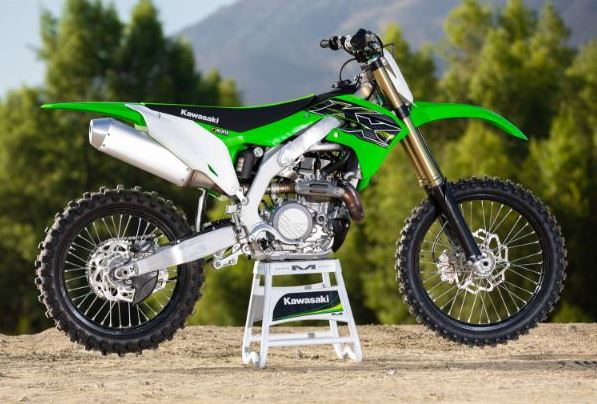
The 2019 Kawasaki KX450 has been completely redesigned from the ground up. It has been two years in the making. They have dropped the ‘F’ from the title, as by now everyone knows it is a four-stroke. The motor, frame, suspension, and bodywork are all new.
Among the host of changes, there are a few firsts for Kawasaki, such as the hydraulic clutch and an electric starter. The kick starter has been completely removed to save weight. The new hydraulic clutch gives a more direct feel and lighter lever action.
The new chassis and bodywork give the bike a smaller and lighter feel, having dropped nearly eight pounds on the 2018 model – down to 232 pounds wet. Kawasaki dropped the unpopular air fork in favor of the Showa 49mm spring fork, with A-Kit technology, including a black coating on the lower fork legs.
Kawasaki has catered for all riders by allowing adjustment to the footpegs in two positions, and handlebars to four positions. This allows riders to tailor the bike to their own needs. The bike is a great package for any skill-level rider looking for a powerful and accommodating 450.
2019 Kawasaki KLX450R
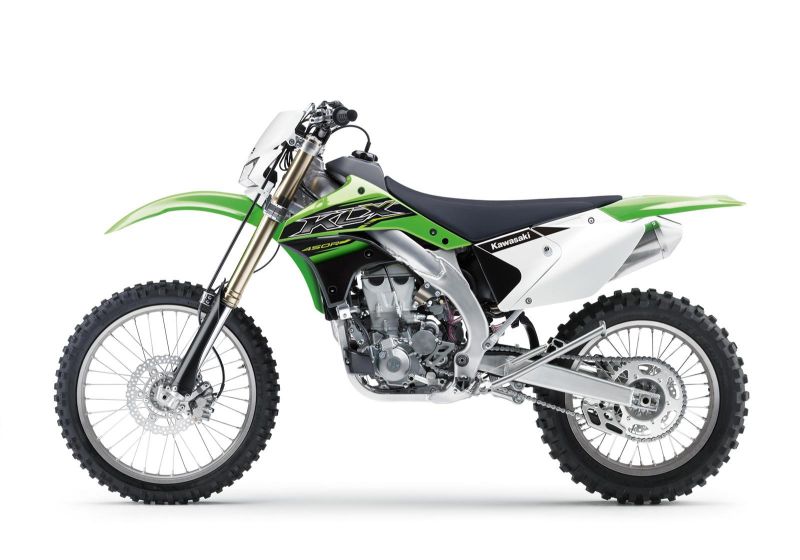
In 2007 Kawasaki released the first KLX450R to the enduro market. At the time the bike’s specifications were very comparable to the other 450 enduro machines of the day.
The KLX450R was based on the 2006 KX450F motocrosser, but with all the equipment necessary to make it road legal. It had an electric start, an 18″ rear wheel, an eight-liter fuel tank, a wide-ratio gearbox, and a more user-friendly engine. The KYB fork and rear shock were tuned for enduro conditions. It was a very capable off-road racer or trail riding machine.
The 2019 KLX-R looks a little fresher than the 2007 version. It has different graphics, seat cover, and fork protectors, but other than that, not much has changed. Like Suzuki’s DR-Z400, the thinking here is ‘If it ain’t broke, don’t fix it’.
With a low 935mm seat height, the bike is well suited to shorter riders. The engine is still fed with a carburetor, and the cable-operated clutch is light and smooth. The KLX-R is an electric start but still comes with a kickstart, something a lot of newer bikes are doing away with now.
Overall, while the bike isn’t a state-of-the-art enduro weapon, it is based on a motocross machine and is capable of tackling anything you can throw at it. The bike is great value, especially for trail riders.
Related Posts
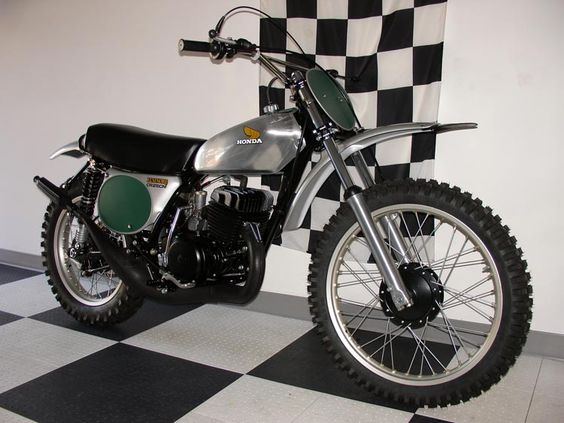

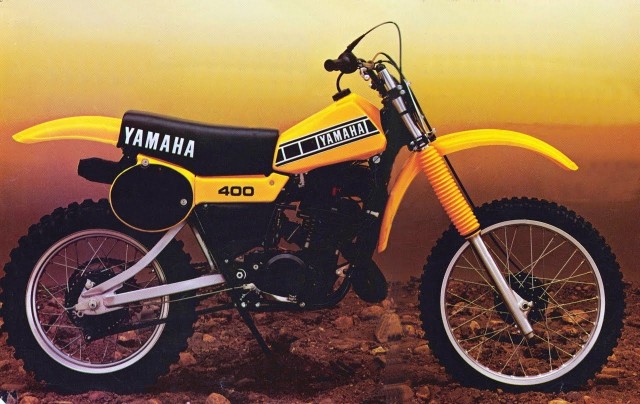
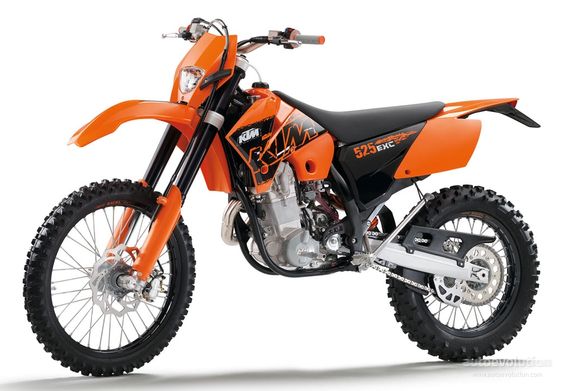
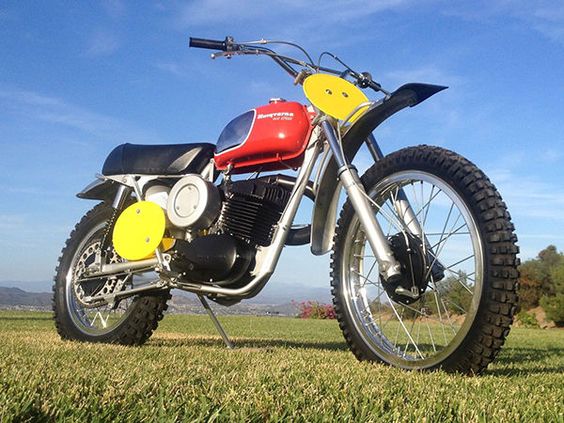
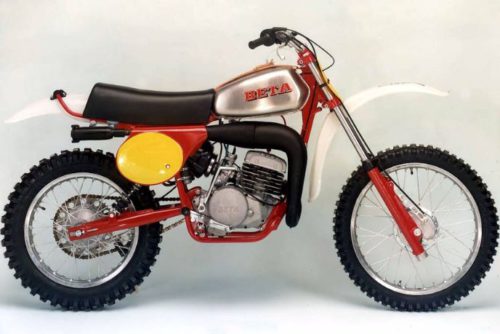
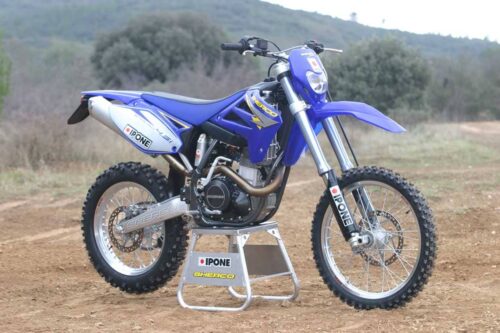
Have you owned any of these classic machines? Are there any bikes that should be included here? Please feel free to leave your thoughts below.

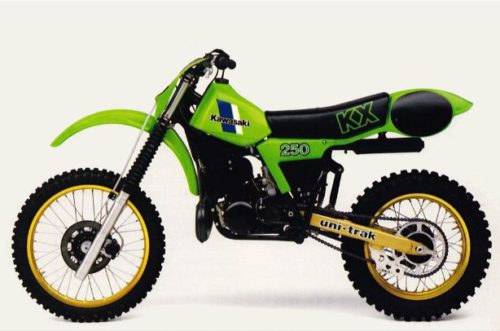
love my kawasaki`s
Hi Max. I learned a lot I didn’t know about Kawasakis while researching their history for this post. So many classic models over the years.
I’ve never owned one, but there’s a few in this post I’d love to own.
Thanks for your thoughts.
i have a KLX140L
Hi Max. Great bike, the KLX140L. An ideal bike for starting out with dirt bikes, and with a low seat height which is what a lot of people are looking for.
You may be interested in this post also: How to lower a dirt bike seat height
Where are the KDX models ?…… I can’t believe they didn’t even get a mention, Gutted !!!
Hi Perry. You’re absolutely right, how could I have overlooked the KDX? Update coming up.
Awesome stuff……..I look forward to reading that. Cheers.
Hi Perry. I’ve added the KDX series to the article.
It was such a loss when they discontinued the series. Maybe they should reintroduce it again with the recent revival of two-stroke bikes, and the technology advances since then. I’m sure it would be a big seller.
Thanks for your input.
Greg
Hi Greg, I just stumbled on to your website today (Dec. ’21), I had the good fortune to own a 1970 Kawasaki Centurion, also known as a “baby greenstreak”, that I bought for $220.00 in 1972. I had a lot of trouble with the rotary valve getting tore up. I didn’t know much about motorcycles back then and it started running bad again and I traded it in on a ’73 TM 250 Suzuki. All the dealer did to the baby greenstreak was put in a new spark plug, clean the carb and air filter. They asked me if I wanted to ride it again and I did and I literally had to hang on for dear life, it was so fast. Wish I still had it. It’s probably worth a mint now. Regards, Dennis
The Centurion looks like a great little bike. It’s very similar to the Suzuki TS90 I had when I was 15. My brother had a ’73 TM 250. Great bikes till the RMs came out.
Glad you enjoy my website. I’ve been riding for over 40 years and have written posts about everything possible.
Hi Greg, when I was a teenager in the early 70’s, there was a group of us girls and guys who loved riding off road cycles on old mining trails cut through the woods near us. I had a Kawasaki KD 125. It had 6 gears and would climb the steepest dirt hill and then plow through the running creek beds down below! Years later when my oldest son turned 13, we bought him a KD 125 and the fun continued. Your article brought back many great memories!! Thanks, Karen
Hi Karen. Good that the article brought back happy memories. It’s great that you were able to get your son riding with you. My son is 16 but has no interest in motorbikes. His mother put fear into him.
The KD 125 is a great bike, I remember seeing lots of them around in the ’70s. Thanks for your thoughts.
nice man i have a klx 450 and my son has a klx 140 and we do berm busters
Hi Tom. Great that you can go riding with your son. Days you’ll look back on and treasure. My son has no interest in Dirt Bikes, his mother put the fear into him “Over my dead body”
Enjoy riding those two great bikes. Thanks for your thoughts.
Greg
I had a version of the1970 Kawasaki GM31 Centurion called a G4-100 it had a great high/low range transmission lever lever that you selected for street or trail riding. (something I wish my DRZ400 had). It was really fast, blowing away Honda XL 250s with ease. Not enough suspension travel for serious off roading unfortunately.
Hi Trev. The Centurion was a great bike in its day, double the power of other 100cc bikes at the time. A high/low range transmission lever would be a great thing to have today on Dual Sport bikes.
My first bike at age 15 was a Suzuki TS90, very similar to the Centurion. Bikes were much simpler back then. Great memories. Thanks for sharing.
Greg.